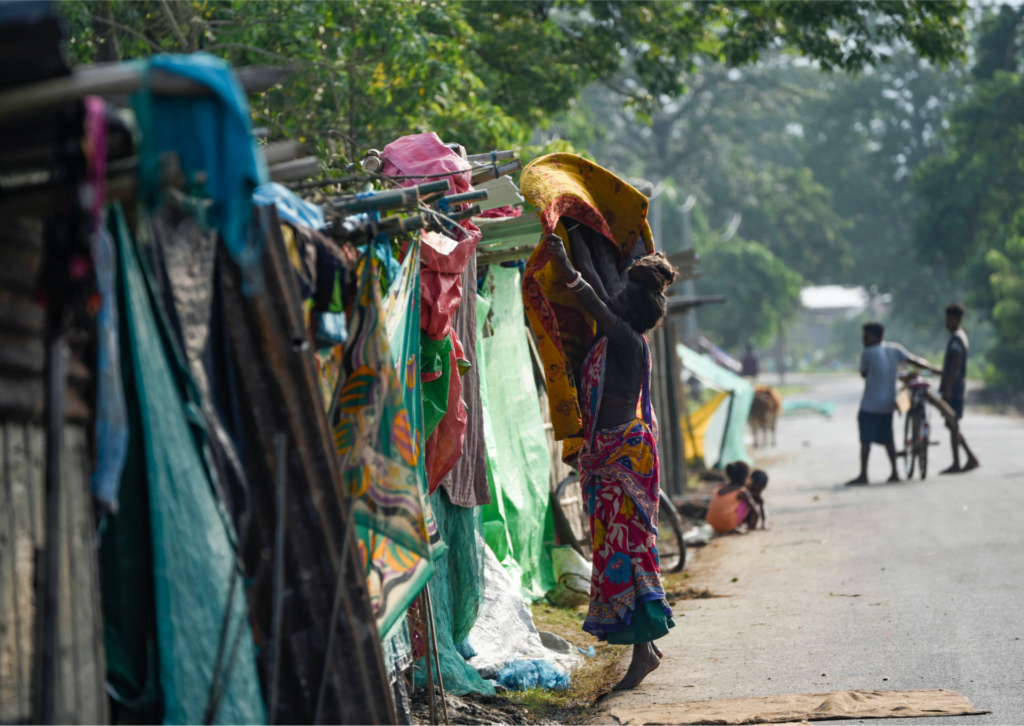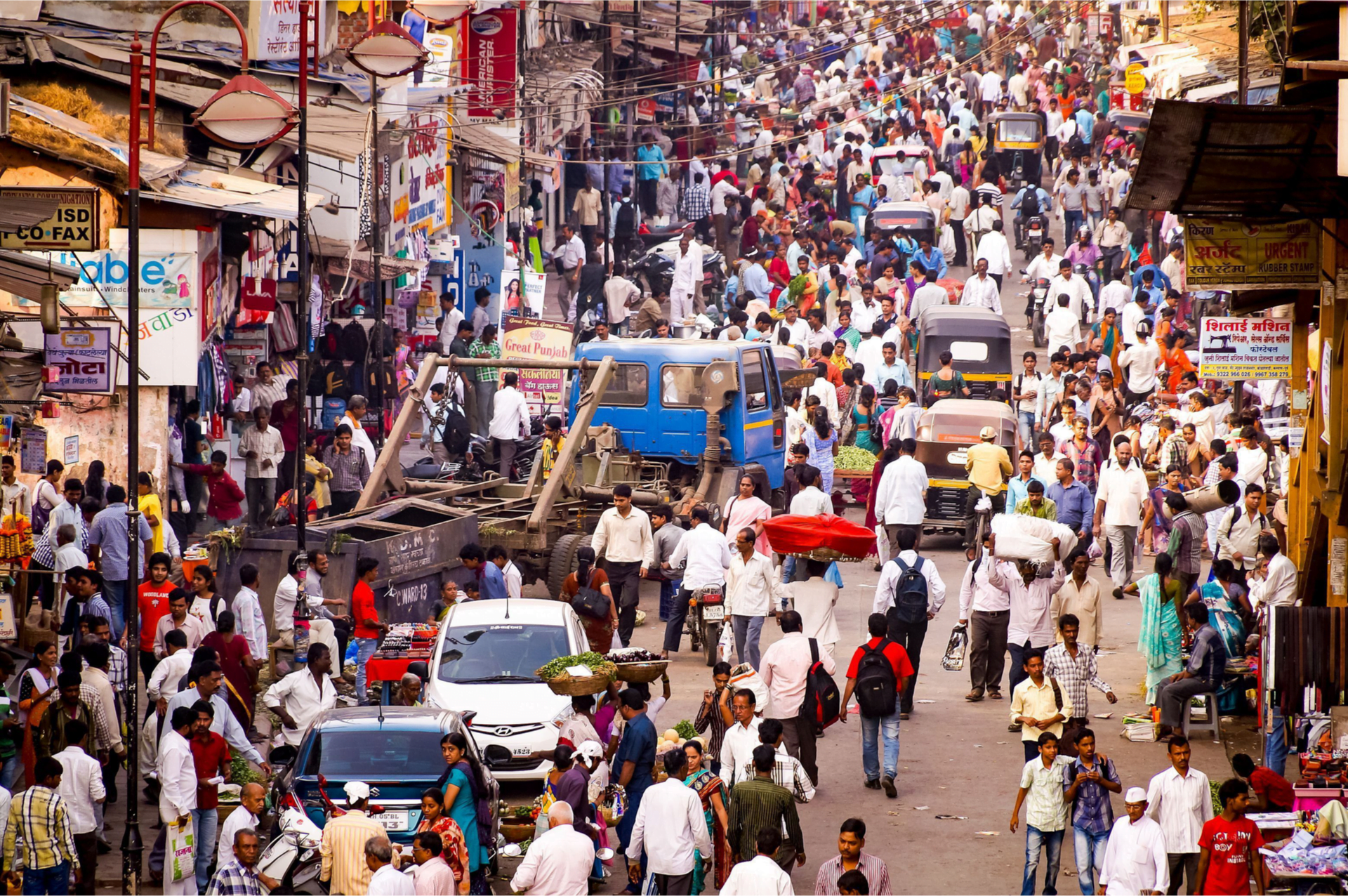Decades-long neglect of public healthcare takes its toll on India
This analysis article originally was published in Asia Democracy Chronicles on July 03, 2021
The Modi government may not be able to escape blame for the disaster that is India’s second COVID-19 wave, but decades-long neglect of the country’s healthcare system is also a major culprit in the crisis.
By Ranju Anthony
The subject site was less than a hundred kilometers away from the state administrative and financial capital, Hyderabad. An extremely endowed district, both in terms of having public and private healthcare facilities, Hyderabad makes it difficult to fathom how the high popularity of RMPs could be the result of an innocent administrative overlook. As researchers, we had shuddered at the idea of RMPs prescribing medicines to unacquainted villagers during an outbreak.
But now we have a situation in which larger and far lesser endowed states of India, including the likes of Bihar, Uttar Pradesh, Madhya Pradesh, Chhattisgarh, Jharkhand, Uttarakhand, Odisha, and Rajasthan, are trying to manage the complex COVID-19 pandemic. It may not sound that preposterous a suggestion that the same RMPs may now be prescribing remdesivir, hydroxychloroquine, or even corticosteroid, and in dosages and quantities dependent on and dictated by merely their whim and their social-media connectivity. After all, this is a country that suffers from an unprecedented malady that literally forces the majority of the population to rely on very few citadels of public health – majority of which are located in the bigger cities, quite beyond the reach and realm of the ordinary folk.

Decades of gross neglect of public healthcare in India have forced scores of people to rely on unqualified healthcare practitioners, otherwise known as rural medical practitioners, in the midst of an unprecedented outbreak.
Decades of neglect
The present precarious situation that India finds itself in is an accumulation of the systemic rot spread over decades of gross neglect of public healthcare dating back to India’s gaining of independence in 1947. Even today the government of India’s idea of achieving universal health coverage through “well measured strategic purchasing of services in health care” (National Health Policy, 2017) seems overtly idealistic sans any reality check on the ground. The impeccability of governance and accountability that this solution requires is way too intimidating, and this very asymmetrical approach to something as essential as public health is now costing India big time in its fight against the second wave of COVID-19. Worse, the present government went into self-congratulatory mode far too early, and now the country is in a disaster that is proving difficult to contain.
Jubilation over being able to somewhat curtail mortalities in the first wave of the pandemic sent the government into an overdrive of uncontrolled imprudence; it made itself believe the worst was over and allowed unconstrained celebrations of festivals like Holi (an annual spring festival), Khumba Mela (a pilgrimage and festival celebrated by Hindus), Eid-al-Fitr (a festival celebrated by Muslims), as well as the holding of election rallies in multiple states. These are now being viewed as superspreader events, magnets as they were of people in the tens, if not hundreds, of thousands, most unmasked and most without any thought to social distancing.
But instead of looking for political culpability for the present crisis, it is prudent to delineate India’s complex myriad of policy-centric impediments that could address this 1.3-billion-dollar question: Would any other government have performed any better under these circumstances?

On top of the colossal task of vaccinating 70 to 80 percent of its 1.3 billion population, India must also deal with socio-economic challenges and ethno-religious diversities compounding its COVID-19 dilemma.
Few doctors, low health literacy
In the meantime, the few studies that have been conducted to determine the health literacy of Indians are unanimous in their findings that the majority of the Indian population lacks the ability to access, read, interpret, and use available information to make informed choices on healthcare issues. In the context of the COVID-19 pandemic, the majority of the urban Indians evidently are still unable to understand the significance of wearing a face mask correctly and practicing social distancing. They are also unable to install, operate, or interpret the government’s mandated applications (“Aarogya Setu” and “CoWin”) – which are especially created for dissemination of information on the coronavirus disease as well as for vaccination registration.
With infrastructural obstacles like unstable electricity and internet connectivity, however, those in the rural hinterlands in particular never had a chance to begin with. But another pertinent question remains: Is the population to be blamed for this calamitous state of affairs?
As it is, independently being able to sign forms related to consent and hospital patient registration, as well as interpreting a physician’s language and understanding medicine labels and healthcare messages remain too intricate tasks even for city-bred, educated professionals. That can only mean that health literacy (let alone e-Health) would remain an enormous challenge – but one that would still need to be addressed while circumventing this national crisis.
An ambitious vaccine push
These days, the national media and political parties in India have been beating up the government for its decision to export more vaccines and earn international goodwill rather than concentrating on vaccinating the local population. In fairness, the Indian government’s vaccination plan was well-formulated and was thoughtfully divided into different phases, with each phase catering to a segment of the population.
It was extreme vaccine hesitancy, which became evident in the first and subsequent stages of vaccinations that started on 16 January 2021, that eventually led to policy lassitude on securing vaccines. The policymakers then got trapped between divergent curative aspects of COVID-19 and self-inflicted disarray amidst the exponentially rising number of cases and fatalities. Earlier, India had spearheaded the move for the removal of certain provisions of TRIPS (Trade-Related Aspects of Intellectual Property Rights) for products and technologies (including vaccines) required during the COVID-19 pandemic, but this was all but forgotten in the chaos that followed.
Now we face the colossal challenge of vaccinating 70 to 80 percent of India’s 1.3 billion population, which has to be managed while keeping in mind that the private-sector healthcare can remain committed to public health only while these out-of-pocket catastrophic expectations are covered by individuals and the insurance sector. Complicating matters is the country’s overwhelming socio-economic and demographic challenges and ethno-religious diversities.
Given the paucity of healthcare workers in the country, India will need to come up with out- of-the-box ideas like augmenting a largely ignored one million-plus force of trained pharmacists and authorizing them to administer vaccines under the supervision of state healthcare workers/state epidemiologists.
Ranju Anthony is a PhD Research Scholar with the Centre of Social Medicine and Community Health in Jawaharlal Nehru University in New Delhi.
ABOUT US
Transdisciplinary Research Foundation or TRF is a Section VIII non profit research focused organisation.
ALL CONTACTS
- C-9/9867, Vasant Kunj, New Delhi-110 070
- Office +91 9910487009
- ranju@tresfoundation.org
- Tresfoundation - Copyright 2021
- ranju@tresfoundation.org
